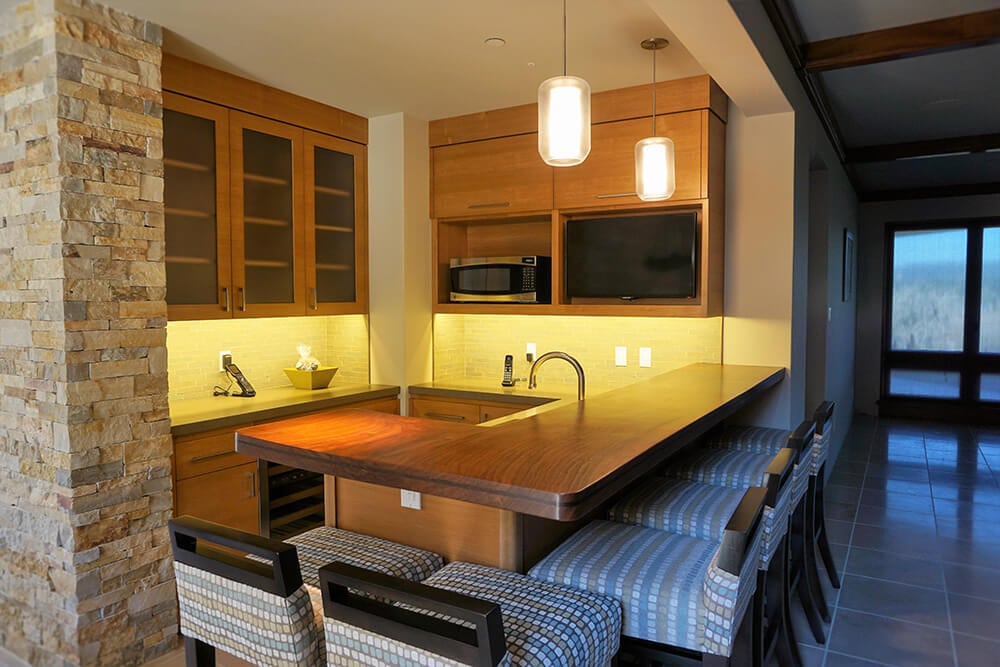Smart Homes & Real Estate Sales
About five million homes are re-sold each year in the US, in addition to more than one-half million new homes. The rapid growth of smart home technology is having a powerful impact on these transactions. Today’s home buyers (and sellers) recognize that home tech features add to the salability and value of a house. One leading national real estate firm has even developed a program to help agents ‘stage’ their listings with simple home tech devices—like smart locks, smart thermostats, and front door surveillance cameras—to enhance buyer appeal.
New Homes Successful home builders know that smart home technologies have become important selling points. Which ones they decide to feature depends on the size and price of the home, and the market into which they are selling. For new homes, two factors are critical: specific features that buyers want now, like multi-room music, wireless networks, or lighting control; and infrastructure wiring that will support future needs, such as TVs in multiple locations, surround sound speakers, outdoor speakers, and other amenities the buyer can easily add later if the wiring is already in place.
Resale Homes. For the resale market, matters are more complex. First, real estate agents can easily become caught between the representations of the seller—regarding exactly what smart home technology is included in the sale, what it is supposed to do, how well it actually works, the adequacy of the infrastructure that supports it—and the understandings and expectations of the buyer regarding these representations. Also of concern are the buyer’s ideas for expanding or improving the smart home features in the home, the need for new infrastructure wiring to support their plans, and any difficulties that might be encountered in upgrading the infrastructure. These challenges typically include:
- The adequacy of existing infrastructure wiring; in older homes, it’s likely to be obsolete.
- The availability of pathways to replace existing infrastructure wiring, or install new wiring. This depends on the structure of the house: slab construction is more of a challenge than homes built on crawlspaces or unfinished basements; ceiling-mounted devices are more difficult to install in a volume ceiling than in a flat ceiling with accessible attic space above.
- Building materials—like steel beams, metal studs, and metal plaster or stucco substrate —can severely compromise the operation of wireless networks, and make installing wireless devices more complex and expensive.
- The speed and reliability of the internet and TV programming services available at the home’s location.
Understanding and explaining these challenges often falls upon the shoulders of the real estate agent. In response to this challenge, some continuing education organizations now offer courses on smart home topics to the real estate community. This training helps agents more easily elicit and understand the smart home aspirations of buyers, and more accurately assess the smart home features that are part of the homes they list for sale.
Heinrich Team Guest Writer, George McKechnie www.smarthomegallery.com
Copyright 2018 Sync My Home, Inc.


